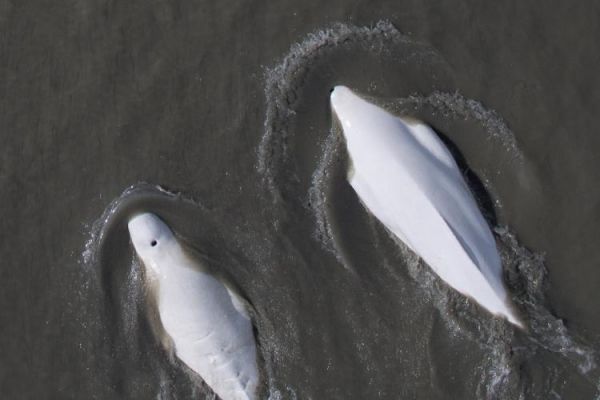Newly published research allows marine biologists to determine the age of beluga whales with a small skin sample. The new epigenetic methodology could revolutionize the way scientists study endangered Cook Inlet beluga whales and provide valuable insights into why the population may not be recovering. NOAA Fisheries researchers participated in the collaborative study with scientists at Oregon State University and University of California Las Angeles. Epigenetics is the study of how behaviors and environment can cause changes that affect the way genes work.
In cetaceans, age is critically important but often unknown due to the difficulty of determining age in long-lived, mobile species.
“Up until now, our ability to determine the age of beluga whales was opportunistic. We had to rely on getting tooth samples from either stranded, dead whales or those harvested by subsistence hunters. We would then count annual growth-layer groups in each tooth to estimate the whale’s age. We were also able to get some idea of beluga whale age by its skin color. When belugas are born they are dark grey. Over time, their skin color gets lighter until they are white,” said Paul Wade, marine mammal biologist, Alaska Fisheries Science Center and co-author of the new study. “Now, with just a small sample of skin from an animal when it’s alive, we will be able to learn about the animal’s age, sex, and much more.”
Continue reading at NOAA Fisheries
Image via NOAA Fisheries


